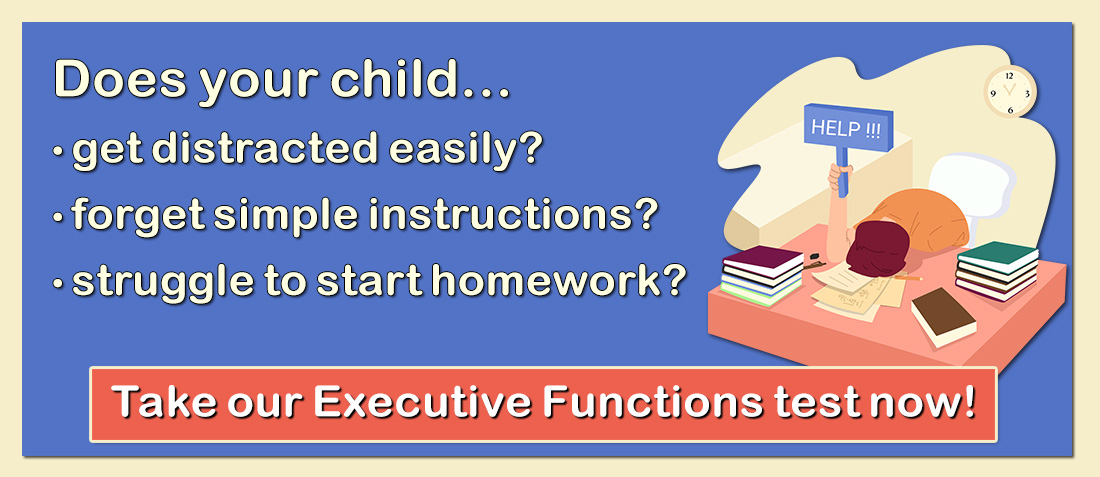 Depression refers to a disturbance of mood in which an individual feels sad, or lethargic.
Depression refers to a disturbance of mood in which an individual feels sad, or lethargic.
Everyone feels sad or downcast on occasion, however, these feelings usually pass within a few days. In some individuals, these feelings do not go away and can interfere with daily life and normal functioning. Children in whom these feelings are causing pain, both for themselves and for those who care about them, may have a depressive disorder such as Dysthymia or Major Depression. This should be assessed by a professional. Depression is a common but serious illness, and most people who experience it, need treatment to get better.
Depression in children and teens is usually characterized by the following symptoms:
- Moodiness, Anger, and Irritability (as opposed to displays of sadness)
- Sadness
- Anxiety
- Loss of motivation
- Loss of interest and pleasure in previously-enjoyed activities
- Loss of energy –OR– restlessness
- Feelings of unworthiness or hopelessness
- Decreased ability to make decisions or concentrate
- Withdrawal or isolation
- Changes in weight, appetite, and sleep patterns
Having at least five of these symptoms present during the same two-week period, always accompanied by depressed mood or sadness, is usually required for a diagnosis of Depressive Disorder.
Childhood Depression is most common among teenagers around the age of puberty. The likelihood of depression developing increases with age.
Childhood depressive disorders include:
- Major Depressive Disorder
- Dysthymic Disorder
- Depressive Disorder (Not Otherwise Specified)
- Bipolar Disorders
- Cyclothymic Disorder
- Adjustment Disorder (with depressed mood)
- Post-traumatic Stress Disorder
- Mood Disorder (due to a medical condition)
Recommendations
1. Consult with a child psychologist and/or a psychiatrist who is able to evaluate children with depression if you notice your child is displaying the aforementioned symptoms. Specialists will evaluate your child and make recommendations aimed at helping your child. Some children with disabilities in this area qualify for counseling and/or behavioral consultations within the school setting.
2. Some children benefit from visiting a psychologist or counselor to talk and discuss their feelings. Psychotherapy is used to encourage communication of emotions and to provide insight into the problems that a child faces. Many children do not understand how or why they have emotional problems and can begin to comprehend how to work on them with the help of a professional psychologist or social worker.
3. Thirty to sixty minutes of vigorous physical exercise five days a week is recommended to improve general physical and mental health. Exercise also helps to establish sleep patterns, which help to regulate mood. Exercise can be as simple as parking further away from a store so you have to walk a greater distance, to joining an organized sports club or gym. Help children to engage in regular exercise by signing them up for a team sport or activities such as gymnastics or karate. You can also play games as a family that require children to get up and move, such as Dance Dance Revolution, Cranium hullabaloo, and Wii fit or Wii Sports games.
4. Since depression is often manifested by a pessimistic outlook on the world and other people, it is important for children to work on changing their attitudes and becoming more optimistic. Techniques from positive psychology can help the child to feel more connected to the world. These techniques include: identifying a child’s interests and strengths; and getting the youngster involved in a group activity such as a community sports league. It is also important to model positive self-talk for children, helping to change their mood by changing their-self talk. Use phrases such as, “I can do this,” “I am a good person,” or “Things will work out.”
5. Many people respond favorably to relaxation techniques such as yoga and meditation. Calmly breathing in and out of the body along with concentrating on the postures re-energizes the body, and feelings of well-being and contentment arise. When doing yoga with a child, try inhaling to a count of 8, holding for a count of 4, and exhaling to a count of 8. You can say things such as, “In with positive energy, out with negative energy,” to correspond to the inhalation and exhalation. Yoga is especially helpful for children who are not competitive by nature, as it is not a contest but is still vigorous enough to produce endorphins.
6. A proper diet is essential to managing mood. Studies have shown that serotonin depletion could be due to lack of vitamins and minerals such as Niacin, Vitamin C, Vitamin B6, and Tryptophan. Omega 3’s and other fish oils have mood-increasing benefits. Consult with your child’s pediatrician before using supplements. Eating Disorders and depression often happen together and may increase anxiety and irritability.
7. Laughter is the best medicine for sad children. Fill the household with laughter by renting comedies and ridding the environment of competitive toys and games which may increase frustration in already-anxious young children. For example, remove any violent video games and substitute them with happy and visually-stimulating alternatives such as Super Mario Brothers. Your local library offers a variety of children’s tapes and DVDs. Stimulating video games such as Guitar Hero, Wii fit, and Dance Dance Revolution promote concentration and physical movement, which also helps depressed children.
8. Sleep is important to maintain moods, immune system function, and healthy growth. Although sleep needs differ, experts agree that young children need at least 8 to 10 hours of sleep a night. As insomnia may occur with depression, make sure your child is sleeping through the night. If your child can’t sleep, try the natural hormone melatonin, which helps to regulate sleep cycle and can be bought at the pharmacy. Consult with your child’s pediatrician before using supplements. Without proper sleep, children often feel cranky and have difficulty with concentration and work completion.
9. Additional activities to help improve mood include playing with a pet; gardening; playing family-orientated games and outdoor activities such as baseball, soccer, bowling, or basketball; exercising to a light exercise DVD; and taking photographs or videotaping events.
Websites
LearningWorks for Kids: The premier site for clinical concerns information, this site provides a wealth of up-to-date tips and recommendations for children with all types of disorders and disabilities.
National Institute of Mental Health: This site is a comprehensive guide to depression.
SparkPeople: This site discusses the use of dietary supplements as opposed to medication to improve depression.
Counseling Resource: This site provides an in-depth overview of cognitive therapy.
Books for Parents
Burns, David D. (1999). The Feeling Good Handbook. New York, NY: Penguin Group.
Clark, Lynn. (2001). SOS Help for Emotions: Managing Anxiety, Anger, and Depression. Bowling Green, KY: Parents Press.
Fassler, David G. and Lynne Dumas. (1998). Help Me, I’m Sad: Recognizing, Treating, and Preventing Childhood and Adolescent Depression. New York, NY: Penguin Books.
Riley, Douglas A. (2001). Depressed Child: A Parent’s Guide for Rescuing Kids. New York, NY: Taylor Trade Publishing.
Seligman, Martin. (2007). The Optimistic Child: A Proven Program to Safeguard Children against Depression and Build Lifelong Resilience. New York, NY: First Houghton Mifflin.
Books for Children
Crist, James J. (2006). What to Do When You’re Sad & Lonely: A Guide for Kids. Minneapolis, MN: Free Spirit.
Hamil, Sara. (2008). My Feeling Better Workbook: Help for Kids Who are Sad and Depressed. Oakland, CA: New Harbinger Publications.
Schab, Lisa M. (2008). Beyond the Blues. Oakland, CA: New Harbinger Publications.
Receive online class information and helpful tips from Dr. Randy Kulman's LearningWorks for Kids |



